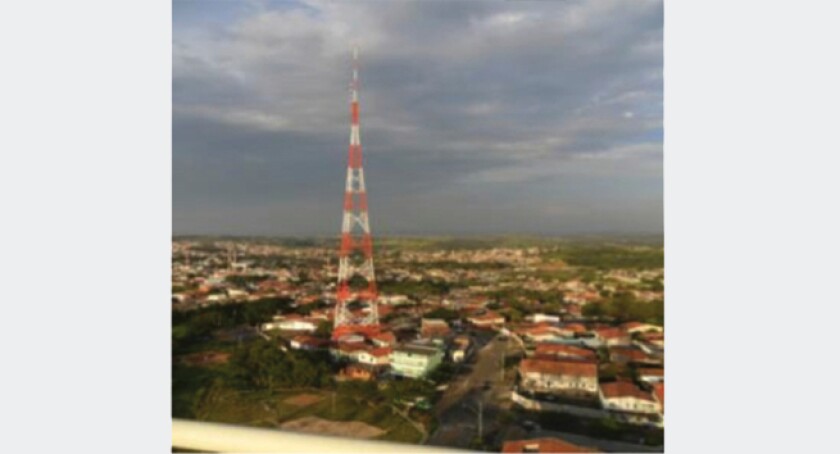How has 4G network planning and rollout program management evolved in the age of shared infrastructure? How much flexibility can towercos offer a 4G rollout in Brazil, and what does it really cost? TowerXchange secured rare insights from the front lines by speaking to Steve Roberts, who until recently, was heading up the rollout of 300 sites for 4G startup ON Telecom.
TowerXchange: Please introduce yourself Steve, what’s your background and what brought you to Brazil?
Steven Roberts, Expert – Cellular Rollouts and former Director, ON Telecom:
I’ve been in telecoms for 30 years, starting out in the UK when everything was being privatised – I was involved in the first installations of the Orange network.

